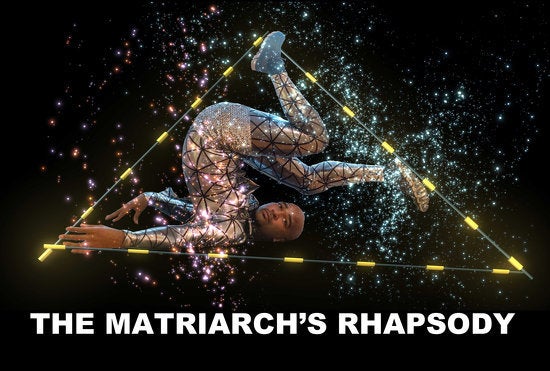
Earlier this week the Whitney released their highly anticipated artist list for the 2014 Biennial, announcing the lucky 103 artists whose work would be featured in the museum's epic exhibition.
The hefty artist list, curated by Stuart Comer of MoMA, Anthony Elms of the Institute of Contemporary Art, Philadelphia and Michelle Grabner of the School of the Art Institute, Chicago, was hailed as "one of the broadest and most diverse takes on art in the United States that the Whitney has offered in many years" by Whitney Chief Curator Donna De Salvo. But just how diverse is it?
i take back all of my @whitneymuseum excitement. did a count 9/103 artists are black... NINE. and one is a fictional black person BYE.
— kim drew (@museummammy) November 15, 2013
Kim Drew first caught our attention on Twitter, calling out the fact that only nine of the 109 artists represented (not including the artist collectives, of which there are a few) are black. That's also including fictional artist Donelle Woolford. That's 8.2%. Pretty abysmal.
14% pic.twitter.com/H4JGhjtJel
— kim drew (@museummammy) November 15, 2013
We decided to dig a little deeper and break down the stats of the Whitney artist list. We found 48% of the participants to be white men and 29% to be white women. Furthermore, 7.4% of artists represented were of Asian descent, 3.7% were Latino and 1.8% hailed from the Middle East (approximately 20% of artists were born outside of the United States). And the total percentage of female artists? Thirty two.
Well, there you have it. Though this artist crew may indeed be "one of the broadest and most diverse takes on art in the United States that the Whitney has offered in many years," it's still not all that diverse, especially given the fact that some of this year's best group exhibitions were centered around African American artists, including The Shadows Took Shape, 30 Americans and Radical Presence.
Of course, the discussion shouldn't revolve entirely around percentages, but also around the artwork -- and thus the experiences and perspectives -- that are made available to a wide range of viewers. As Jillian Steinhauer wrote in Hyperallergic: "The goal is not tokenism or quotas. It is inclusion, imagination, creativity, and some legwork."
Without consideration, however, we get New York Times art critics making comments about "the nature of the art that women tend to make" and lists of the greatest living artists that are all white. Hopefully there won't be another article of this nature come the 2016 Biennial. We're not a fan of all the counting either.

